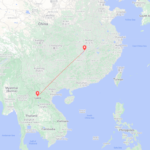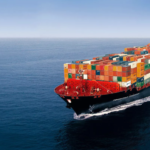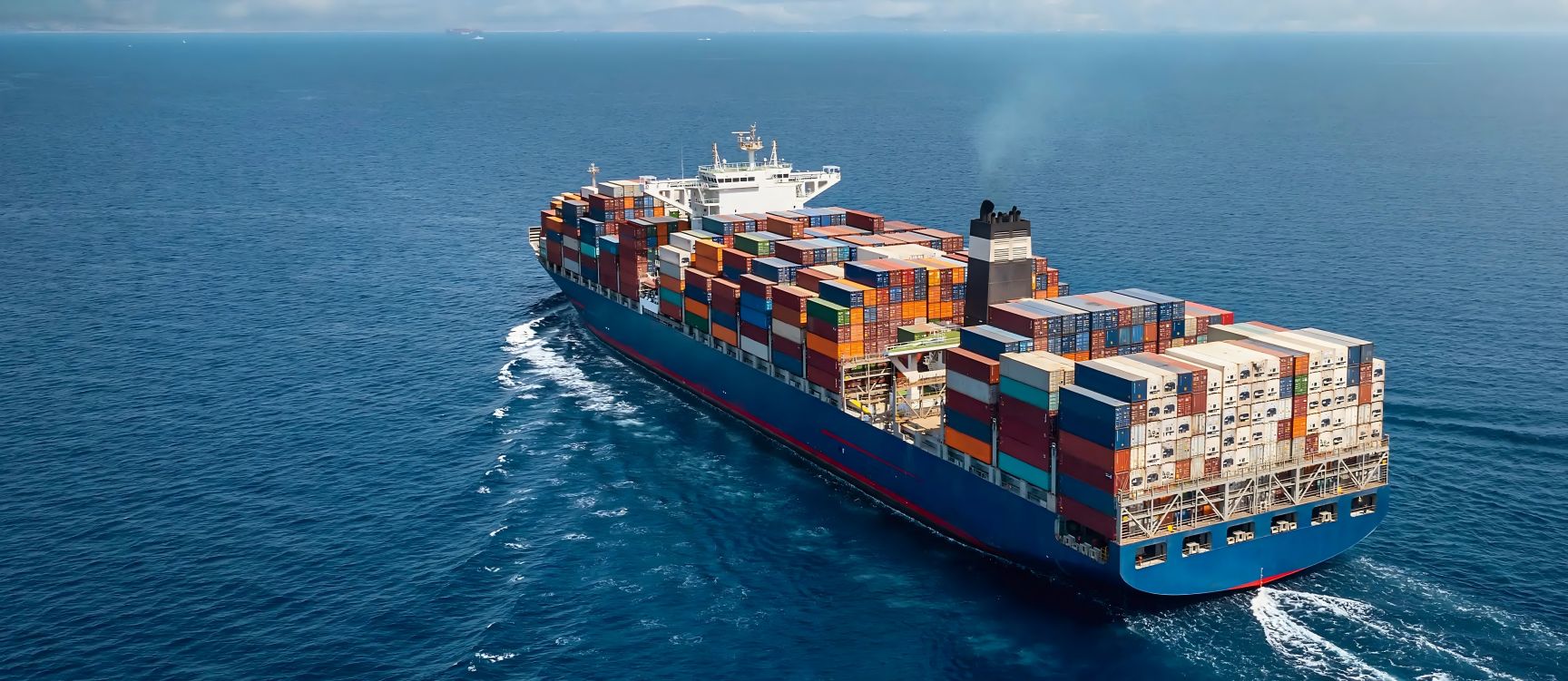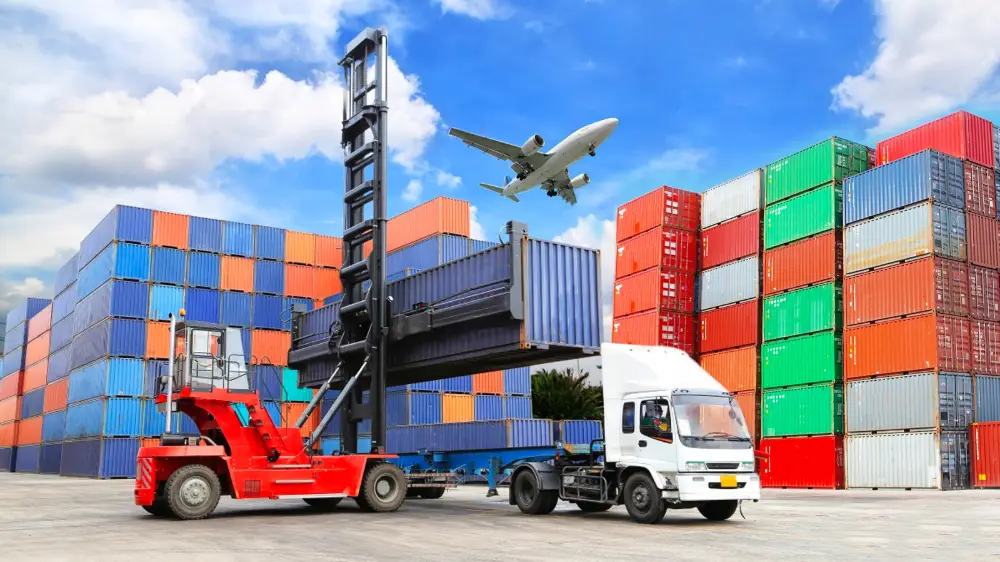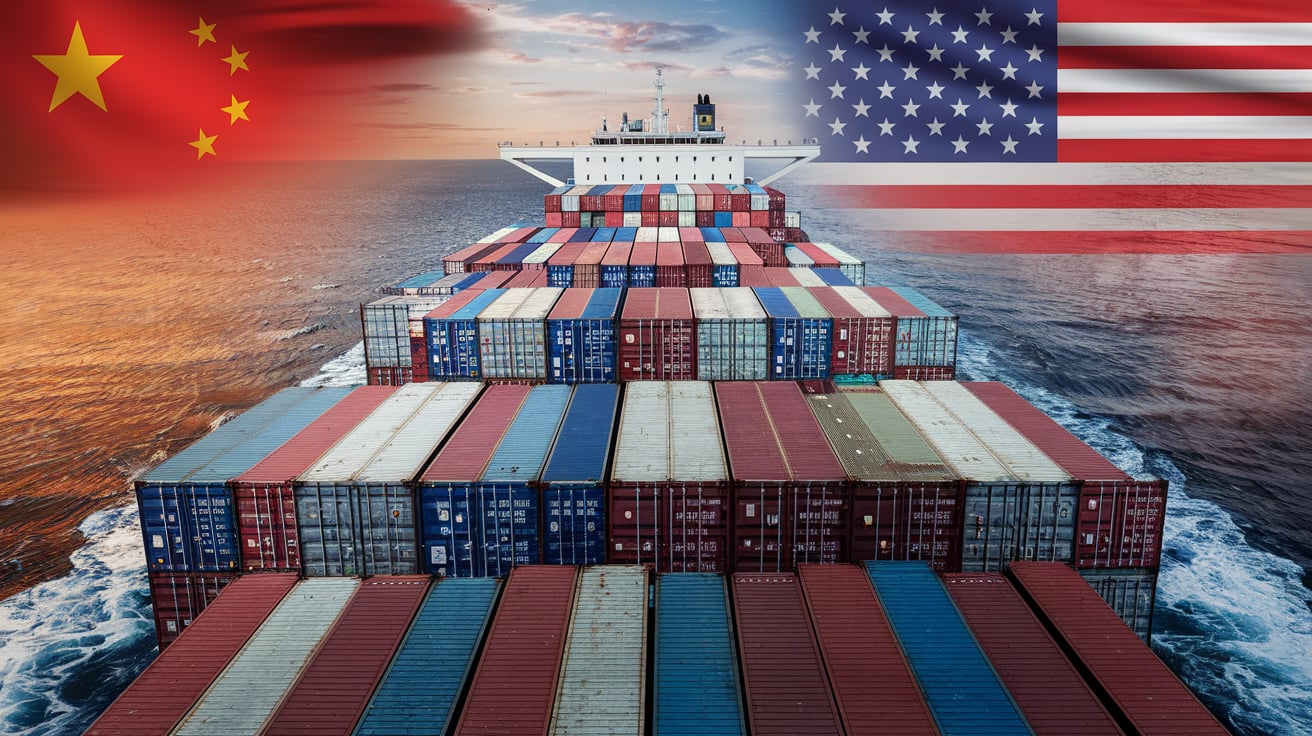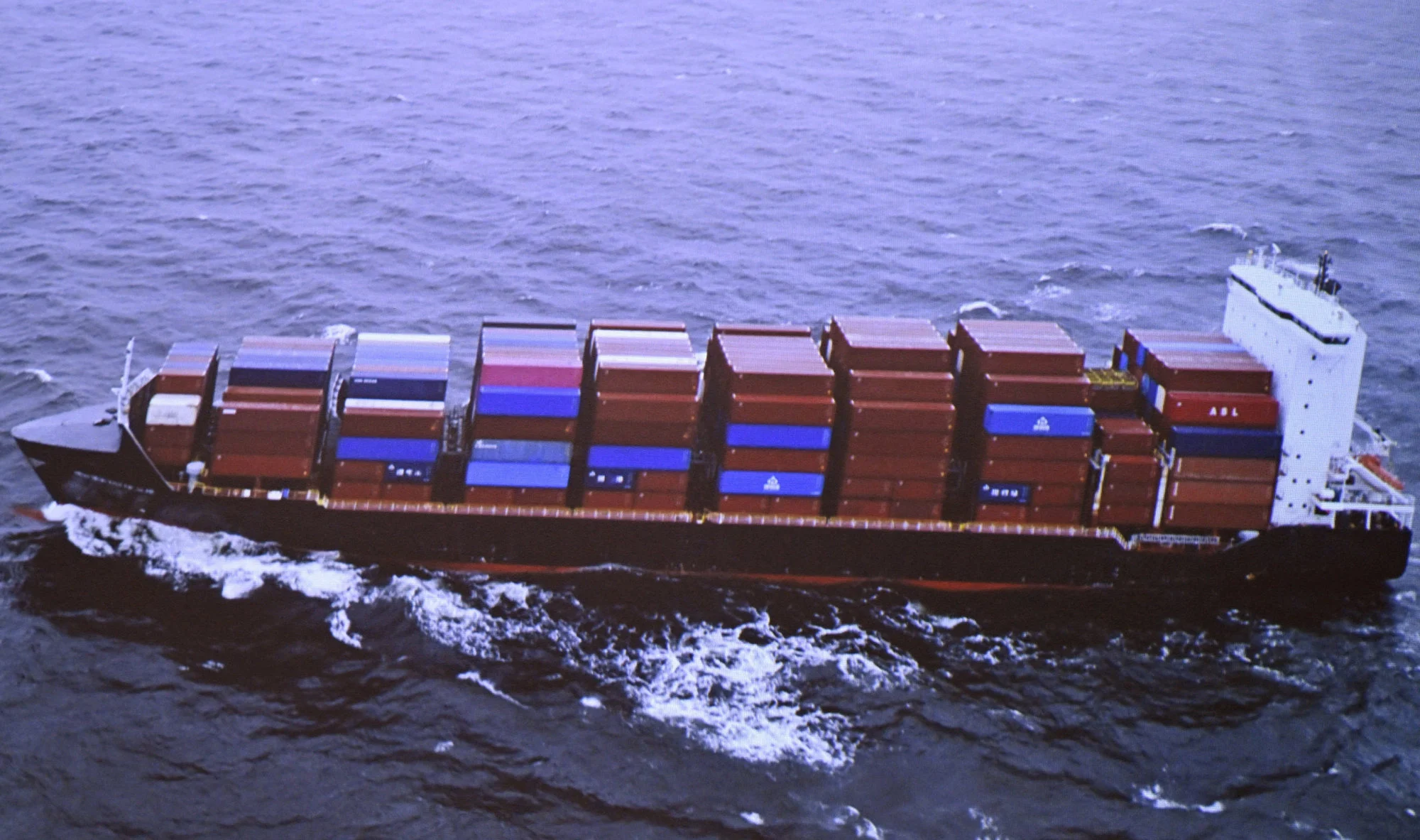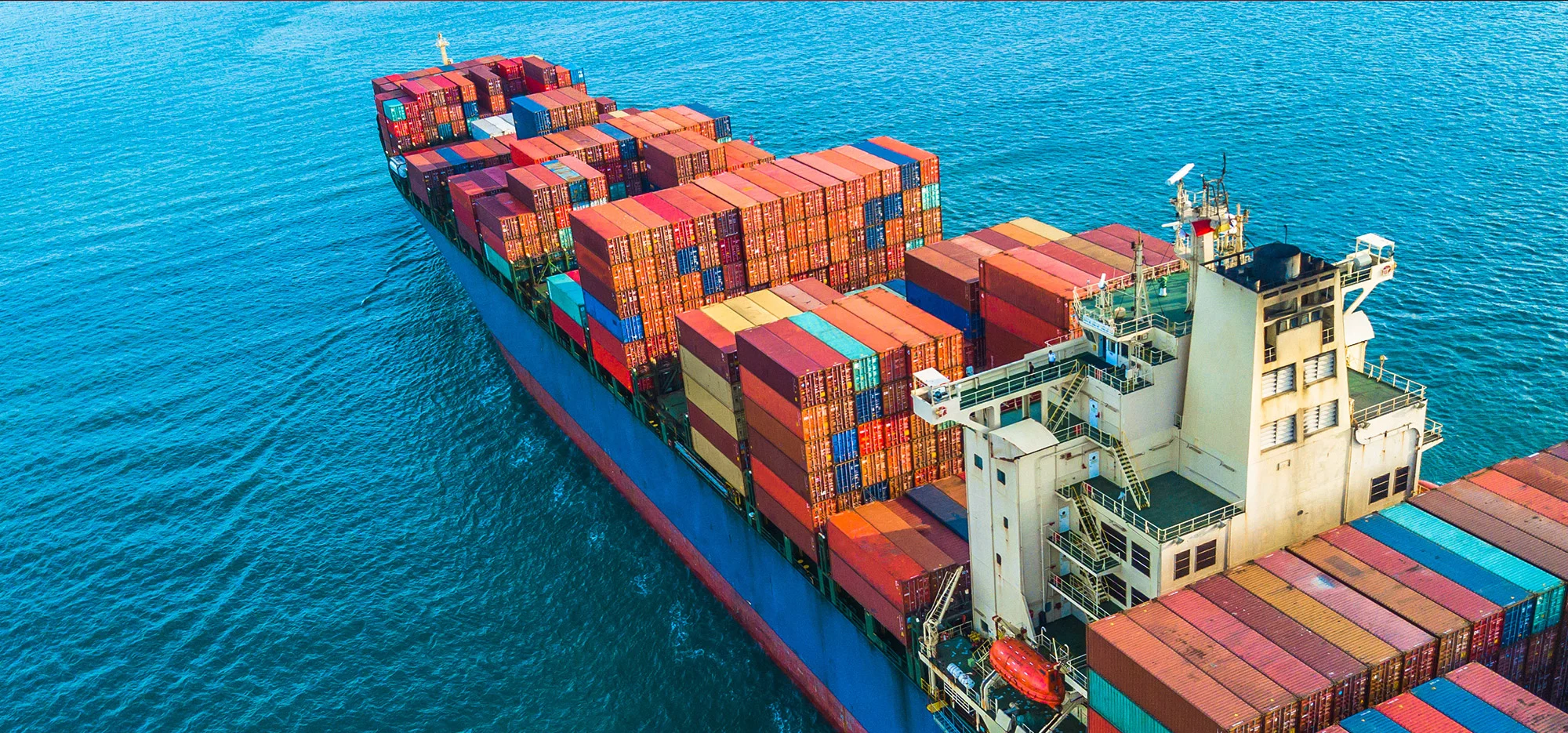In today’s global economy, effective logistics management is crucial for businesses looking to import goods from China to Bangladesh. Sea freight shipping stands out as a cost-efficient and reliable method for transporting large volumes of cargo across oceans. This comprehensive guide delves into the intricacies of sea freight, covering essential aspects such as types of services available, preparation steps, required documentation, and the shipping process itself. By understanding these elements, businesses can enhance their shipping strategies and navigate the complexities of international trade with confidence.
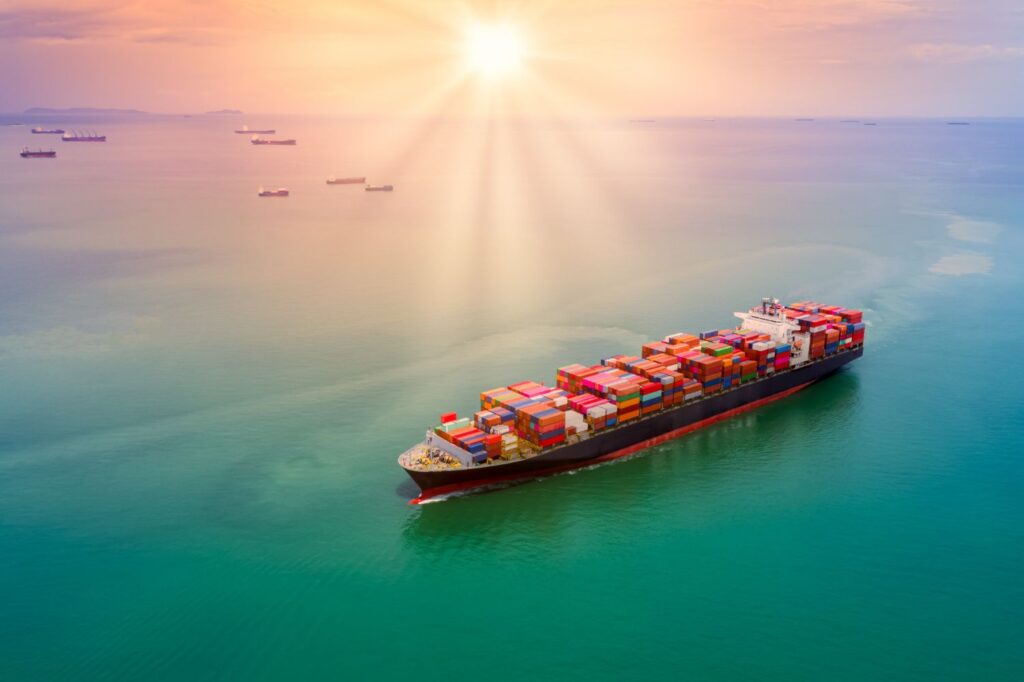
Understanding Sea Freight Shipping From China to Bangladesh
Sea freight shipping refers to the transportation of goods using cargo ships over the ocean. This method of shipping is widely utilized for international trade due to its cost-effectiveness, especially for large volumes of goods. Whether you are a manufacturer or a trader, understanding the mechanics of sea freight is crucial for efficient logistics management. By leveraging this service, businesses can transport everything from raw materials to finished products across long distances.
The process typically involves several key steps:
- Booking: Engaging a freight forwarder or shipping line to reserve space on a vessel.
- Documentation: Ensuring that all necessary paperwork, such as bills of lading and customs declarations, is completed.
- Loading: Preparing the cargo for transport, which includes packing, labeling, and loading onto containers.
- Transit: The actual movement of goods over the sea, which can take from a few days to several weeks, depending on the route.
- Unloading: Upon arrival at the destination port, the cargo is unloaded and prepared for customs clearance and delivery.
Understanding sea freight shipping is essential for successful importation from China to Bangladesh, where logistical complexities can arise due to varying regulations and shipping practices.
Benefits of Sea Freight from China to Bangladesh
Choosing sea freight for shipping goods from China to Bangladesh offers numerous advantages:
-
Cost Efficiency: Sea freight is generally more economical than air freight, especially for large shipments. Transporting bulky items, such as machinery or electronics, can significantly reduce overall shipping costs.
-
Capacity: Cargo ships have a substantial capacity, allowing them to transport large quantities of goods at once. This is particularly beneficial for businesses that require bulk shipping.
-
Environmental Impact: Shipping by sea has a lower carbon footprint compared to air freight. This is an important consideration for companies striving to enhance their sustainability practices.
-
Versatility: Sea freight can accommodate various types of cargo, from perishables to heavy machinery. This versatility makes it suitable for a wide range of industries.
-
Reliability: Although transit times can be longer than air freight, shipping schedules are generally consistent, making it a reliable option for businesses with predictable demand.
Each of these benefits contributes to making sea freight a preferred choice for many companies looking to import goods from China to Bangladesh.
Types of Sea Freight Services
There are several sea freight services available when importing from China to Bangladesh, each tailored to meet different logistical needs:
-
Full Container Load (FCL): This service is ideal when a single shipment occupies an entire container. It is often more economical for large shipments, as it minimizes handling and reduces the risk of damage.
-
Less Than Container Load (LCL): For smaller shipments that do not require a full container, LCL is a suitable option. Multiple shippers’ goods are consolidated in one container, allowing cost-sharing while still ensuring safe transport.
-
Roll-on/Roll-off (RoRo): This service is used primarily for transporting vehicles. Goods are driven directly onto the ship and secured, making it a quick and efficient option.
-
Breakbulk Shipping: This method is suitable for oversized or heavy items that cannot fit into standard containers. Cargo is loaded individually onto the ship and may require special handling.
-
Reefer Shipping: For perishable goods, refrigerated containers (reefers) are used to maintain temperature-controlled environments during transit. This ensures the freshness and quality of temperature-sensitive products.
By understanding the various types of sea freight services available, businesses can choose the most appropriate option for their shipping needs.
You may be interested in the following related articles:
- Shipping From China To Vietnam
- Shipping From China To Thailand
- Shipping From China To South Korea
- Shipping From China To Philipines
- Shipping From China To Pakistan
- Shipping From China To Japan
- Shipping From China To Indonesia
- Shipping From China To Singapore
- Shipping From China To Malaysia
Preparing for Your Sea Freight Shipment
Calculating Cargo Volume and Weight
Before shipping goods from China to Bangladesh, accurately calculating the cargo volume and weight is vital. This information not only determines the cost of shipping but also influences the choice of service.
- Volume: Calculate the total cubic meters (CBM) of your shipment. This is done by multiplying the length, width, and height of all packages.
- Weight: Measure the total gross weight (including packaging) of your cargo. Freight charges are usually based on the greater of the actual weight or the volumetric weight.
Proper calculations help in obtaining accurate quotes from freight forwarders and avoid delays at customs.
Choosing Between FCL (Full Container Load) and LCL (Less Than Container Load)
Deciding between FCL and LCL is crucial based on the volume of goods being shipped:
-
FCL is recommended for large shipments where the cost of renting an entire container can be justified. It offers benefits such as reduced handling and faster transit times since the container is sealed and shipped directly to the destination without intermediate stops.
-
LCL is more suitable for smaller shipments that do not justify the expense of a full container. However, it may involve longer transit times due to mandatory consolidation and deconsolidation processes.
Selecting the Right Container Size
Once you have decided between FCL and LCL, the next step is to select the appropriate container size. Common container sizes include:
| Container Size | Capacity (CBM) | Typical Weight Limit (kg) |
|---|---|---|
| 20-foot | ~33 | 22,000 |
| 40-foot | ~67 | 27,000 |
| 40-foot High Cube | ~76 | 30,000 |
| 45-foot High Cube | ~85 | 30,000 |
Selecting the right container size optimizes shipping costs and ensures the safety and integrity of your goods during transport.
By understanding the intricacies of sea freight shipping and preparing adequately for your shipment, you can enhance the efficiency of your logistics operations when importing goods from China to Bangladesh. For a hassle-free shipping experience, consider partnering with Dantful International Logistics, a highly professional, cost-effective, and high-quality one-stop international logistics service provider for global traders.
Essential Documents for Sea Freight From China to Bangladesh
When engaging in sea freight shipping from China to Bangladesh, several essential documents are required to ensure the smooth transit of goods. Each document serves a specific purpose in facilitating customs clearance, shipping logistics, and compliance with international trade regulations.
Commercial Invoice
A commercial invoice is a crucial legal document provided by the seller to the buyer. It serves as a bill for the goods sold and includes details such as:
- Description of the goods: Clear descriptions of items being shipped, including quantities and unit prices.
- Total value: The total cost of the shipment, which is essential for customs valuation.
- Payment terms: Information about how and when payment will be made.
The commercial invoice is used by customs authorities to assess duties and taxes, making it one of the most important documents in international trade.
Packing List
The packing list complements the commercial invoice by detailing the contents of the shipment. This document includes:
- Itemized list of goods: A breakdown of each item, including weights and dimensions.
- Packaging details: Information on how the goods are packed (boxes, pallets, etc.).
- Handling instructions: Any special handling requirements for fragile or sensitive items.
The packing list is critical for customs inspections and helps ensure that the contents of the shipment match the commercial invoice.
Bill of Lading
The bill of lading (BOL) is a legal document issued by the carrier that serves multiple purposes:
- Receipt of goods: Acts as proof that the carrier has received the cargo.
- Contract of carriage: Outlines the terms under which the goods will be transported.
- Document of title: Can be transferred to others, granting ownership of the goods.
The BOL is essential for claiming the cargo upon arrival and must be presented during customs clearance.
Certificate of Origin
A certificate of origin verifies the country in which the goods were manufactured. This document is important for:
- Customs clearance: It may be required by the importing country to determine preferential tariff rates.
- Trade compliance: Helps ensure compliance with trade agreements between China and Bangladesh.
The certificate of origin must be accurately filled out and properly signed by the exporter or a recognized authority.
Customs Declaration Forms
Customs declaration forms are essential for both export and import processes. They provide customs authorities with necessary information about the shipment, including:
- Description and quantity of goods: Aligning with the commercial invoice and packing list.
- Value of the goods: Necessary for duty and tax assessment.
- Reason for export/import: Should clarify whether the shipment is for commercial sale, personal use, etc.
Completing these forms accurately is crucial for successful customs clearance in both countries.
The Sea Freight Shipping Process Step-by-Step
Understanding the sea freight shipping process is vital for ensuring a smooth operation. Below is a detailed step-by-step guide to the sea freight shipping process from China to Bangladesh.
1. Obtaining a Freight Quote and Booking
The initial step involves obtaining a freight quote from a reliable freight forwarder:
- Providing Shipment Details to the Freight Forwarder: Supply necessary information, including cargo dimensions, weight, nature of goods, and destination. This allows the forwarder to provide an accurate quote.
- Agreeing on Shipping Terms and Rates: Review and negotiate terms, such as Incoterms, transit times, and payment details. It is essential to ensure that all parties understand the responsibilities involved.
- Confirming the Booking: Once terms are agreed upon, the freight forwarder will issue a booking confirmation, reserving space on a vessel for the shipment.
2. Cargo Pick-up and Delivery to the Port
Once the booking is confirmed:
- Arranging for Cargo Pick-up from the Supplier: Coordinate with the supplier in China to schedule the pick-up of goods.
- Transporting the Goods to the Port of Departure in China: Ensure that the cargo is transported safely and in a timely manner to the designated port for loading.
3. Export Customs Clearance in China
Before the goods can be loaded onto the vessel:
- Submitting Required Documents: Present all necessary documents, including the commercial invoice, packing list, bill of lading, and certificate of origin, to the Chinese customs authorities.
- Paying Export Duties and Taxes: Ensure that all required fees are settled to facilitate customs clearance.
4. Loading and Ocean Transportation
Once customs clearance is complete:
- Loading the Cargo onto the Vessel: Ensure that the goods are loaded securely and according to loading protocols to prevent damage during transit.
- Transit Time from China to Bangladesh: The shipping duration can vary based on factors such as the specific route and shipping line but typically ranges from 14 to 30 days.
5. Import Customs Clearance in Bangladesh
Upon arrival in Bangladesh, the following steps must be taken:
- Submitting Import Documents: Provide customs authorities with the necessary documentation, including the bill of lading, commercial invoice, and customs declaration forms.
- Paying Import Duties and Taxes: Settle all applicable duties and taxes to proceed with the clearance.
6. Cargo Unloading and Delivery to the Final Destination
After customs clearance is completed:
- Unloading the Cargo at the Port of Arrival in Bangladesh: The goods are unloaded from the vessel and made ready for final processing.
- Arranging for Final Delivery to Your Warehouse or Facility: Coordinate with a local logistics provider to transport the goods from the port to your designated location, ensuring timely delivery.
Challenges of Sea Freight
While sea freight offers numerous benefits, there are inherent challenges that shippers must navigate.
Longer Transit Times: Planning for Delays
Sea freight often involves longer transit times compared to air freight. Shippers should plan for potential delays due to various factors such as port congestion, customs inspections, and unexpected weather conditions. Adequate buffer time should be integrated into logistics planning to mitigate disruptions to supply chain operations.
Weather-Related Risks: Ensuring Cargo Safety
Weather patterns can significantly impact sea freight operations, leading to delays or damage. To safeguard cargo, businesses should:
- Choose Reputable Shipping Lines: Select carriers known for their reliability and responsive protocols in adverse weather conditions.
- Implement Proper Packaging: Use robust packaging materials and methods to protect goods from potential water damage or impact.
Tips for a Smooth Sea Freight Experience
To enhance the efficiency of your sea freight shipping process, consider the following tips:
Choosing a Reliable Freight Forwarder
Selecting a reputable freight forwarder is critical. Look for providers with a proven track record, extensive industry knowledge, and excellent customer service. This partnership can streamline your logistics operations and ensure compliance with international regulations.
Packing and Labeling Your Cargo Properly
Ensure that cargo is packed securely, using appropriate materials to protect items from damage during transit. Additionally, clear labeling with relevant details—such as contents, handling instructions, and destination—facilitates smooth shipping and customs processing.
Tracking Your Shipment During Transit
Utilize tracking services offered by freight forwarders to monitor the status of your shipment in real time. This allows for timely updates on any potential delays or issues, enabling proactive responses to challenges.
Preparing for Potential Delays or Unexpected Events
Anticipate potential disruptions in transit and have contingency plans in place. This may include:
- Flexible Scheduling: Allowing for adjustments in delivery timelines.
- Communication with Suppliers and Customers: Keeping all stakeholders informed about shipping statuses and any changes to schedules.
By following these guidelines, businesses can navigate the complexities of sea freight shipping from China to Bangladesh effectively. For a seamless shipping experience, Dantful International Logistics provides a professional, cost-effective, and high-quality service tailored to meet the needs of global traders. Explore Dantful’s sea freight services to facilitate your logistics requirements.
Dantful International Logistics Services:
- Dantful Ocean Freight Services
- Air Freight From China
- Amazon FBA Freight Forwarding
- WAREHOUSE Services
- One-Stop Customs Clearance Solution
- Cargo Insurance Services in China
- DDP Shipping Services By Dantful Logistics
- Out of Gauge Cargo Transportation Shipping Services

Young Chiu is a seasoned logistics expert with over 15 years of experience in international freight forwarding and supply chain management. As CEO of Dantful International Logistics, Young is dedicated to providing valuable insights and practical advice to businesses navigating the complexities of global shipping.








